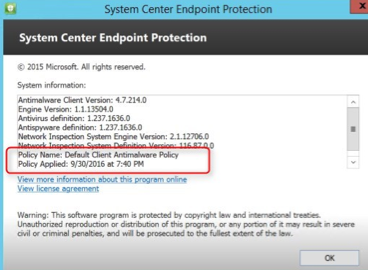

SCCM Endpoint Protection is not the simplest SCCM tasks to put in place. Over the years, we trained many SCCM administrator using a simple approach and deployment strategy. We created this complete SCCM Endpoint Protection Guide based on our knowledge and experience.
This e-book is a best-practice guide on how to plan, configure, manage and deploy Endpoint Protection with SCCM. This e-book aims to help SCCM administrator understand the basic concept of each part of the Endpoint Protection management.
Many Endpoint Protection settings require customization based on your environment, this document describes a typical case that can be used in any organization as a good starting point for efficient malware protection.
The guide will help you achieve theses tasks:
- Install Endpoint Protection point role
- Setup your SCCM server to respond to your Endpoint Protection clients
- Configure Software Update point to support Endpoint Protection
- Enable the right product in your software update point to enable definition updates
- Configure automatic deployment rules for Definition Updates
- Automate your process, less effort, more results
- Configure Endpoint Protection Agent policies
- Ensure that your agents are configured correctly
- Deploy the Endpoint Protection Agent
- Plan a best-practice deployment strategy based on our experience
- Manage Endpoint Protection clients
- Day-to-day operational tasks to maintain client health
This guide does not explain how to setup your Software Update Point.
This guide does not cover Windows Defender Advanced threat.
The PDF file is a 67 pages document that contains all information to manage endpoint protection with SCCM. Use our products page or use the button below to download it. |
SCCM Endpoint Protection Document screenshots
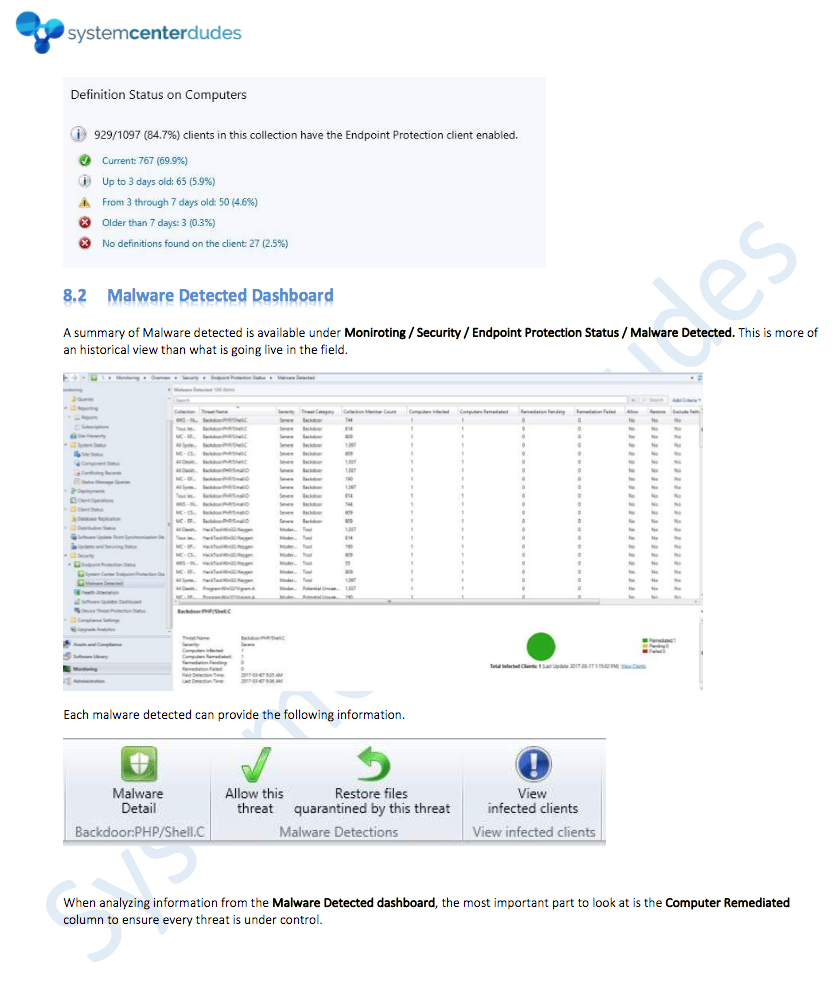
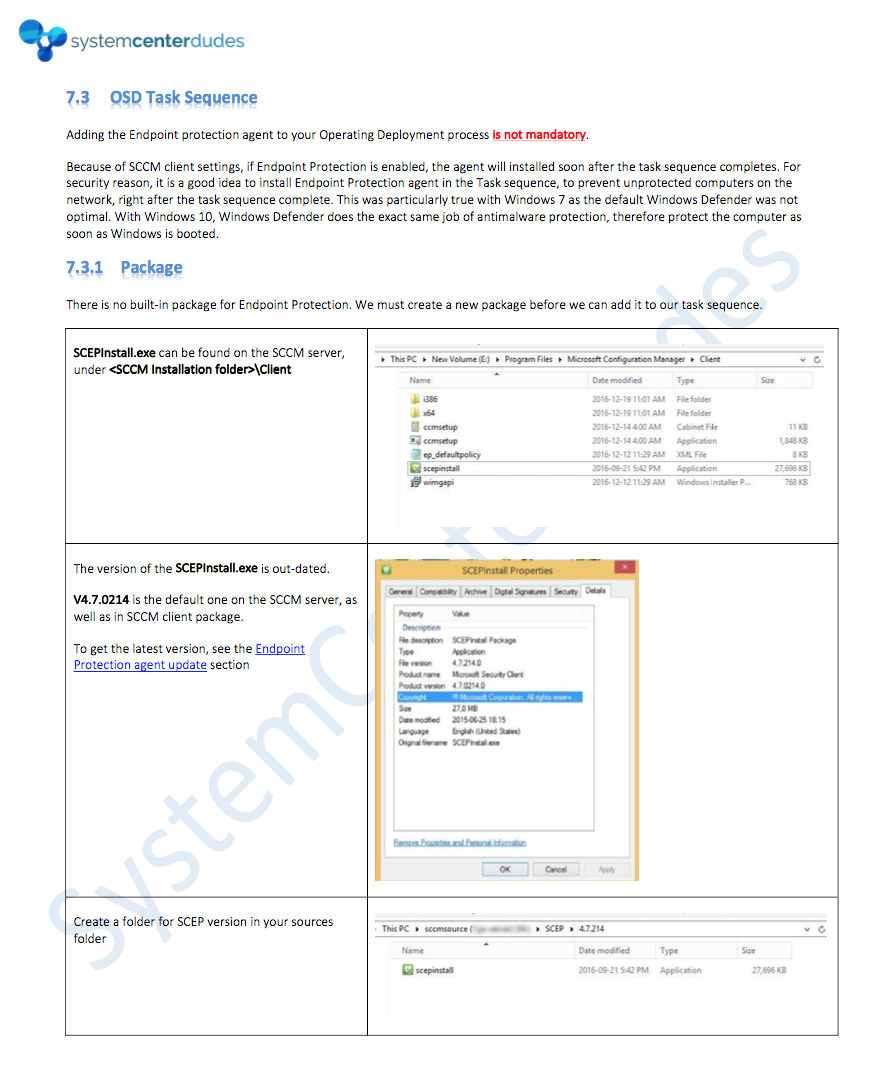
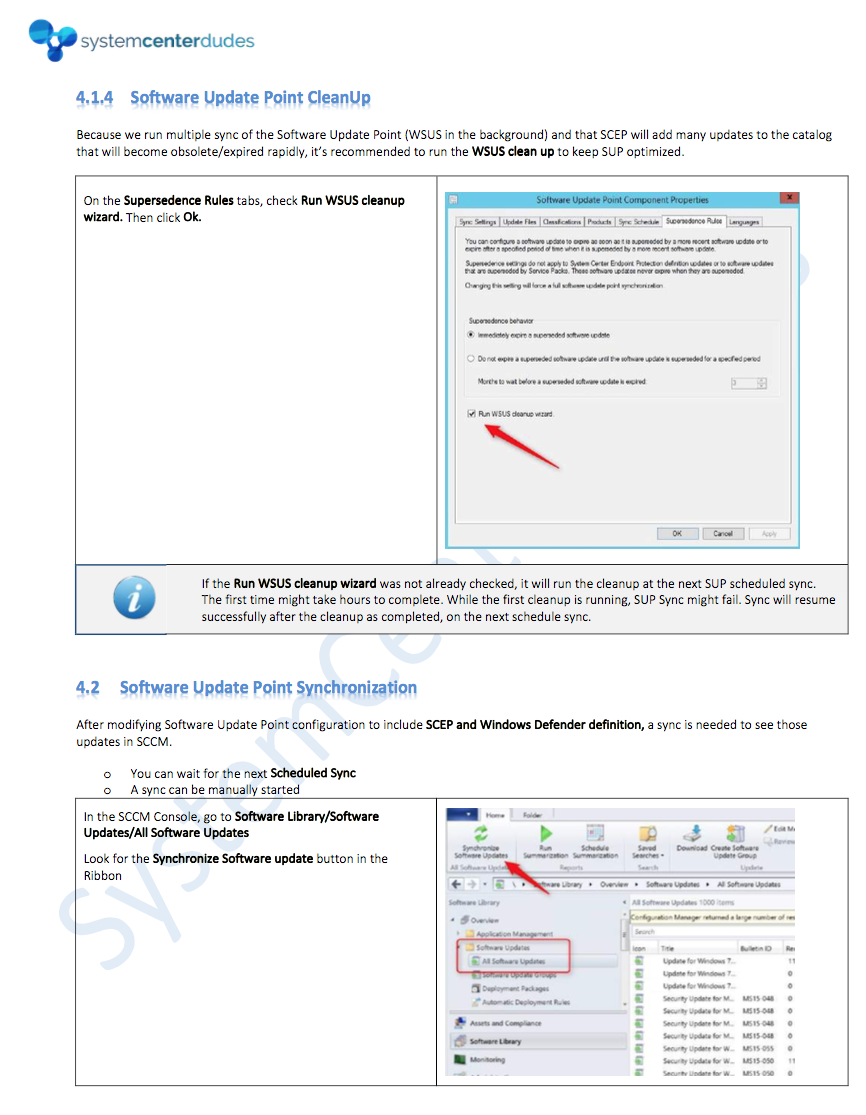












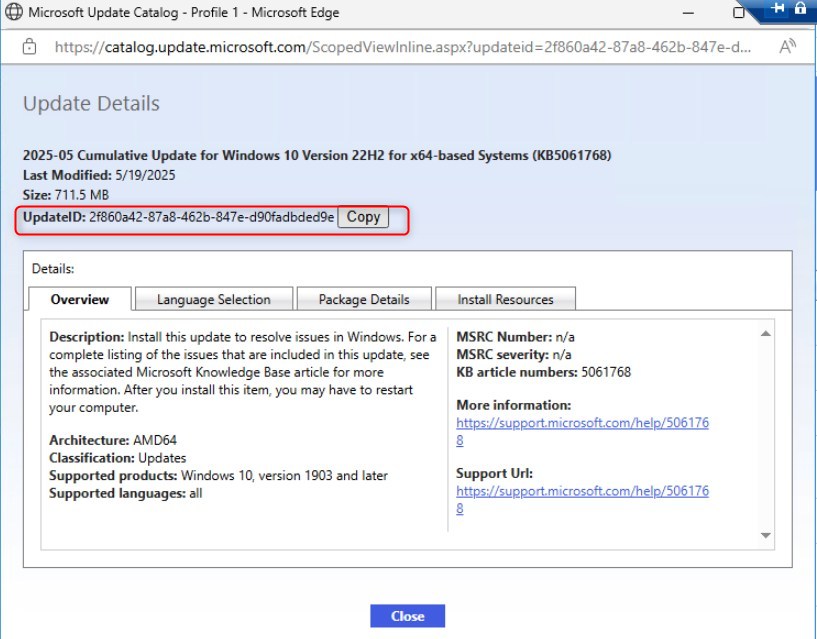
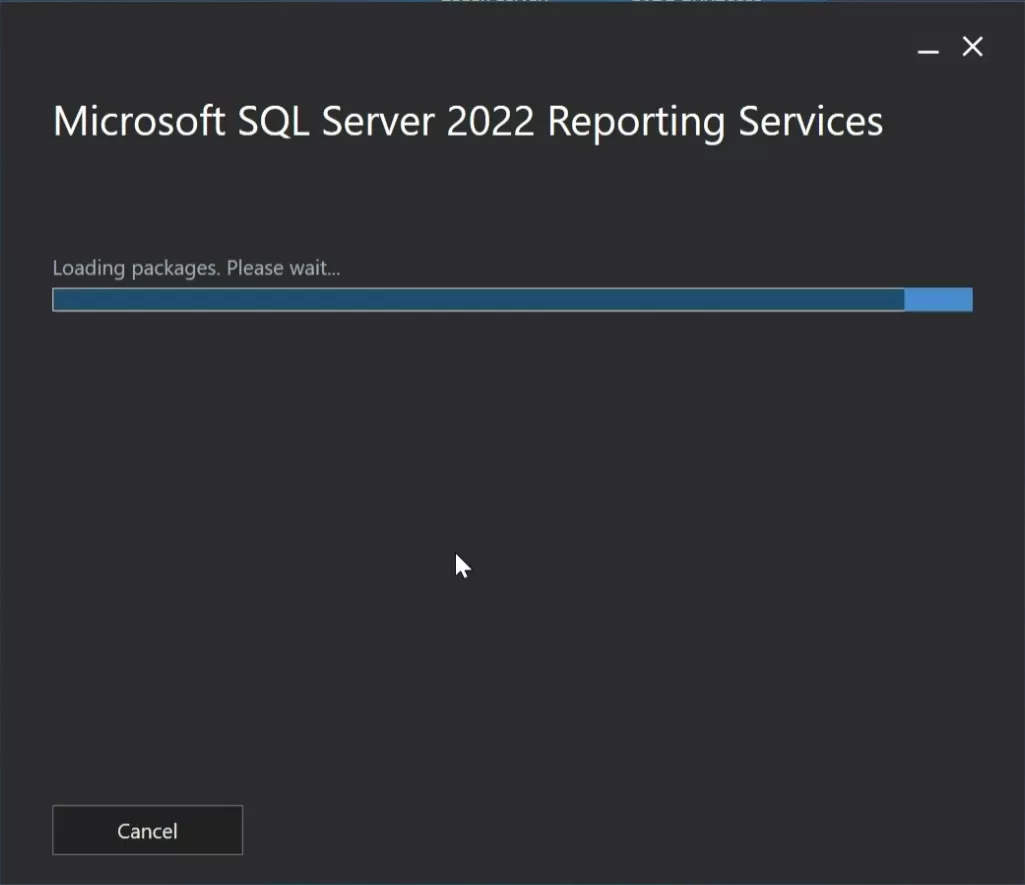



Alexander
09.04.2019 AT 12:56 AMJonathan Lefebvre
09.30.2019 AT 08:25 AMAhmed Essam
03.27.2018 AT 09:27 AMLen A Paone
02.10.2020 AT 02:59 PMadamsebolka
10.02.2017 AT 09:38 AMJonathan Lefebvre
10.02.2017 AT 09:44 AMmkueffner
09.27.2017 AT 12:37 PMJonathan Lefebvre
09.27.2017 AT 12:56 PMTim Jeffries
08.10.2017 AT 10:18 AMJonathan Lefebvre
08.15.2017 AT 09:39 AM